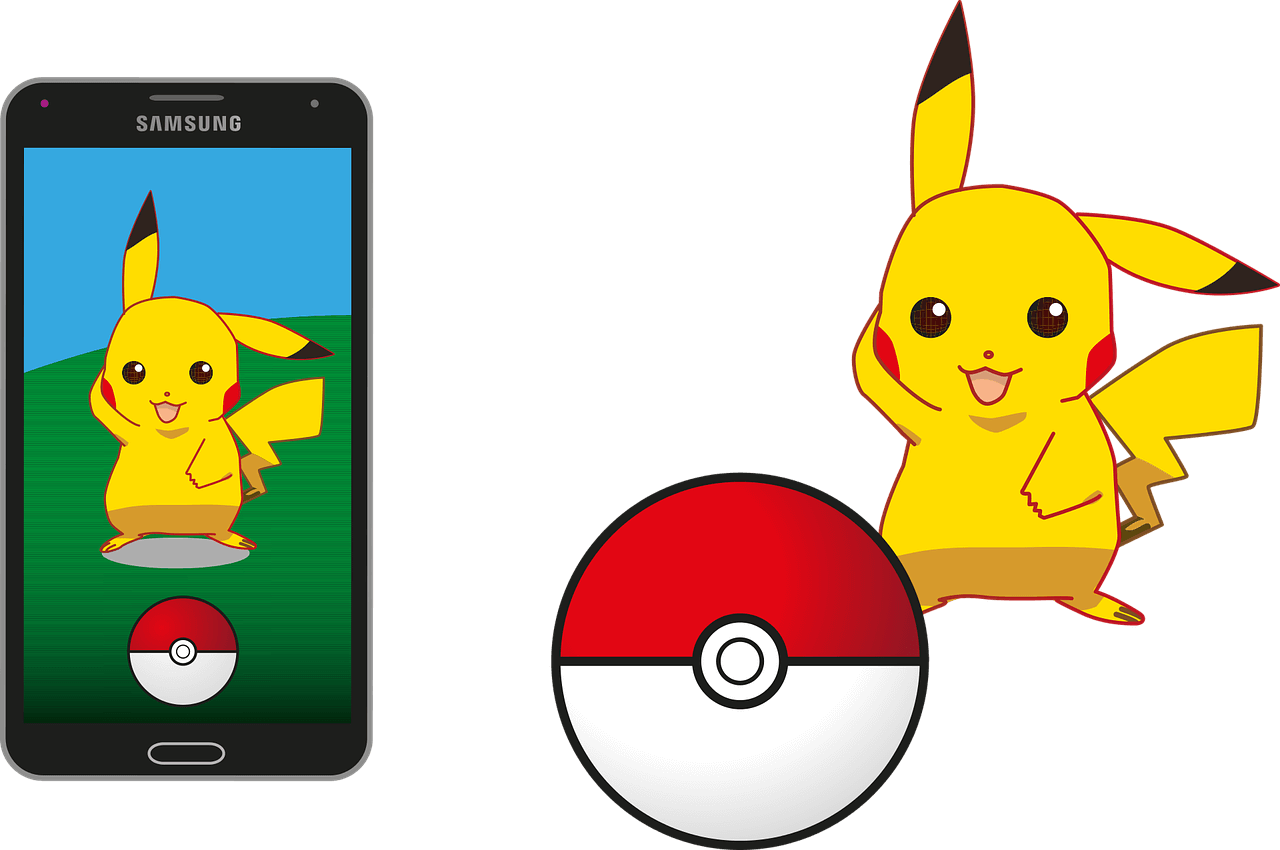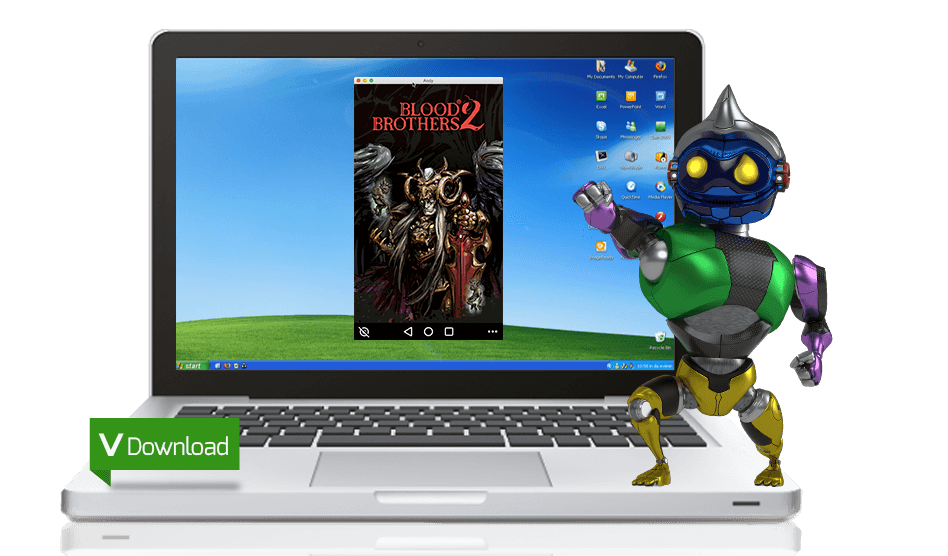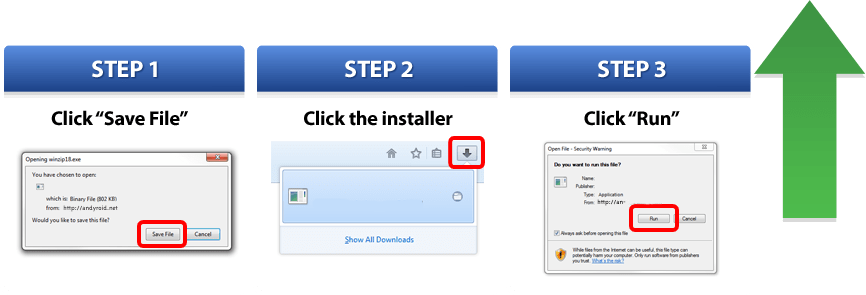Google’s move to stream apps from mobile search results will change every aspect of mobile app distribution and consumption as we know it.
How apps are found, consumed and monetized, and eventually how they are developed will all be impacted, and it will be for the better for everyone involved.
Here’s why
Adobe was arguably the first major public software player to venture into this space with their Creative Suite, which in 2013 was for the first time made available only through their Creative Cloud. It changed their business and today Creative Cloud and Marketing Cloud are their key growth engines.
Although game changing for their business, what Adobe did was limited in its impact to creative professionals and students, and has nothing to do with how the general populous finds and consumes software.
Google’s move, on the other hand, is seen through a much broader lens with the resulting effect equally broad. If you’re a developer you can now re-think user acquisition and resulting LTV, and eventually you may even re-evaluate your product features and how they’re presented. If you’re a user you can expect to waste far less time and computing resources on bad, ill performing apps. And if you’re a distributor, you can reimagine more efficient economic models that will yield improved profit margins and developer relations, assuming you don’t let Google eat the entire pie.
Really though, this all revolves around the developer community, as all things in software do.
Today a user must go through a highly inefficient path before experiencing an app for the first time. She needs to find the app, read whatever the developer and anyone else has written about it, click to install it, run it, and maybe keep it, maybe not. It’s an imperfect funnel that takes a user from general interest to app install, and in most cases leads to an immediate un-install or a single use never to be engaged again.
When you care most about Lifetime Value (how much money can be made on a user from day zero onward to term) and conversion rate (the number of views it takes before someone installs an app) as all developers do, this is a problem you’re highly attuned to.
For app advertising, the industry has accounted for this inefficiency through well honed CPMs and CPIs that developers can sustain. But the whole experience is still like buying a car without ever having the benefit of a test drive. It looks good. Everyone says it’s good. But does it really do what I want it to do? Only experience can tell me that.
Enter app streaming, specifically app streaming from mobile advertising, mobile search advertising in Google’s case.
Google has just sent a message to all app developers that they can match an app directly to a person’s intent and/or desire, right when they are demonstrating it. Not a banner or text link to an app, but the actual app itself.
Think of the practical implications. Susan is flying from SF to LA and needs a hotel room that night in LA. She can do a Google search from her phone and book a room through the “HotelTonight” app without going into an app store and without installing anything.
There are many ways to deconstruct this experience compared to the current user experience, how it saves phone resources, how it saves time, how it makes for a more informed “customer” and so on. But really it can be summed up as; this experience in all ways is just better.
It’s better than installing an app blindly without knowing if it’s any good, it’s better than an install leading to an almost instant un-install, and it’s better for making money through the distribution of that app. And the best part is, it’s an improvement on an existing user behavior, so the cognitive barrier is little to none.
And even if user X doesn’t install the app after the streaming experience, both user and developer get the benefit of that single use event. In other words, there is a value exchange that changes the concept of what app advertising can mean for a developer and user, and that will certainly change the economics of app advertising.
There is a rub worth noting and paying attention to. This tech is very hard. Even with Google’s available cash and development resources, it’s solving technology problems that are in the quarters, not days, weeks or months. And that’s just to get to a minimum viable product.
So if you’re a player that competes directly with Google or you’re simply in the general space of distributing and providing advertising for apps, you will ignore this advancement in app discovery and distribution at your own peril.







Comments ( 0 )